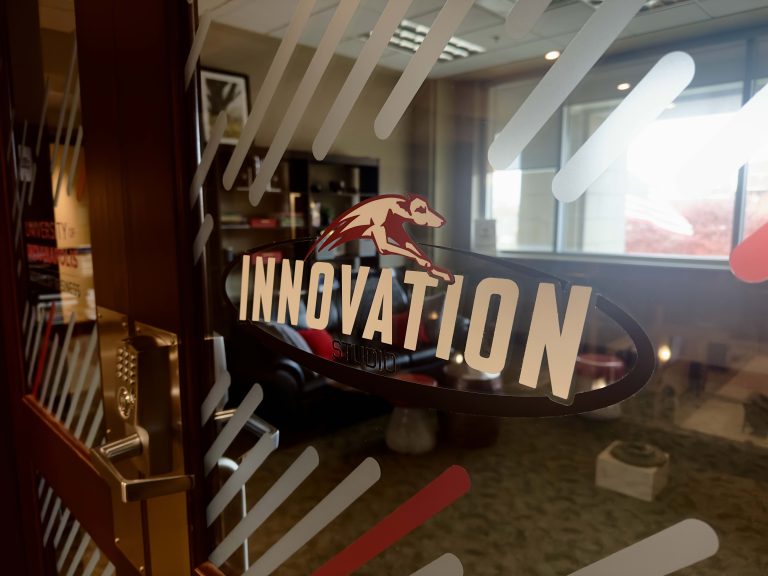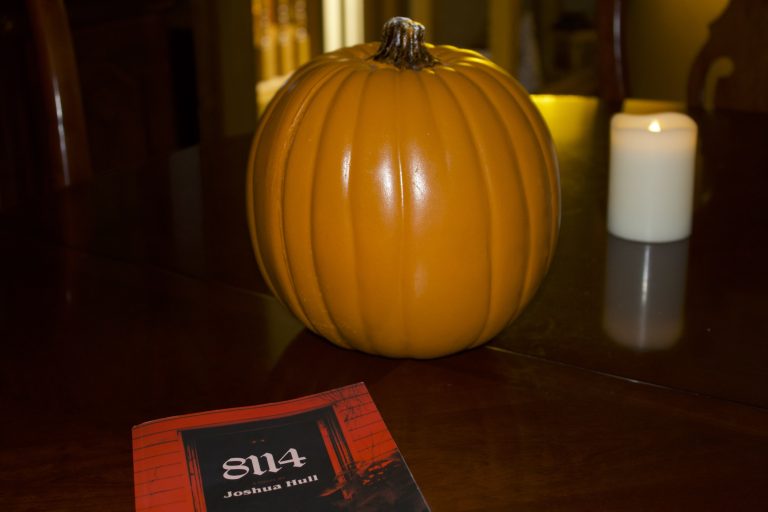A discovery that has the potential to change the way forensic investigation is conducted started in a University of
Indianapolis classroom. Graduate student of Human Biology Cynthia Cale discovered the potential innovation while working in a class at UIndy. An article titled “Could Secondary DNA Transfer Falsely Place Someone at the Scene of a Crime?” written about the findings was published in “Journal of Forensic Science.”
The premise of the experiment was to see whether DNA could be transferred from one person to an object via a second source, a phenomenon called secondary transfer DNA.

“If I shook your hand,” Cale said, “then I went and touched an object, I could potentially transfer your DNA, which was transferred to my hand during a hand shake, to that object.”
The study itself was relatively simple. Cale said that a group of people shook hands for two minutes and then touched a variety of objects. Those objects were then subjected to DNA tests similar to those that would be performed at a crime scene.
Although a seemingly small detail, the result could cause massive changes in the way evidence is collected from crime scenes
internationally.
“One of [the] problems could be contamination,” Cale said. “At a crime scene collecting evidence, if I pick something up and handle it with my glove and then go and pick something else [up], it could potentially be transferring DNA from one object to another from my gloved hands.”
Another consequence of this finding is that evidence that once could solidify a legal case
against a defendant, now has to be looked at with a more careful eye before any verdict is reached.
Associate professor of Biology and Anthropology Krista Latham explained how this could falsely implicate someone in a crime.
“It [secondary transfer DNA] could erroneously place [someone] at a crime scene,” Latham said. “For example, if I was carrying your DNA on my hands and then committed a crime, it would look like you were at that crime scene when in fact you weren’t.”
Despite the findings, the study will need to be retested and replicated by others, to ensure a full understanding of the process, Cale said.
“This is the first project,” she said. “All the previous research said, ‘This is a possibility but it probably won’t impact police work at all.’ I wanted to revisit it with current technology.”
Cale also explained how she wants to test the idea in the future to better understand the phenomenon.
“We had them [the subjects in the experiment] shaking hands for two minutes,” she said. “It’s kind of unrealistic
in the real world. Now I want to cut back on that time frame and do [the test in] different increments of time and
see if it [secondary transfer DNA] still occurs.”
Latham said that students should keep in mind that this study, which is picking up international notice, did not start in a professional lab, but in a standard UIndy class that any student, regardless of his or her major, who has taken “Introduction to Genetics,” can be a part of.
“This was a class project,” Latham said. “This was an experience that was conducted in a class called ‘Forensic DNA Analysis.’ It is really exciting that [the project] was conducted in a UIndy class [and] is gaining international attention. It was designed by UIndy students in a class. It was carried out by UIndy students, and it’s making a huge difference.”







